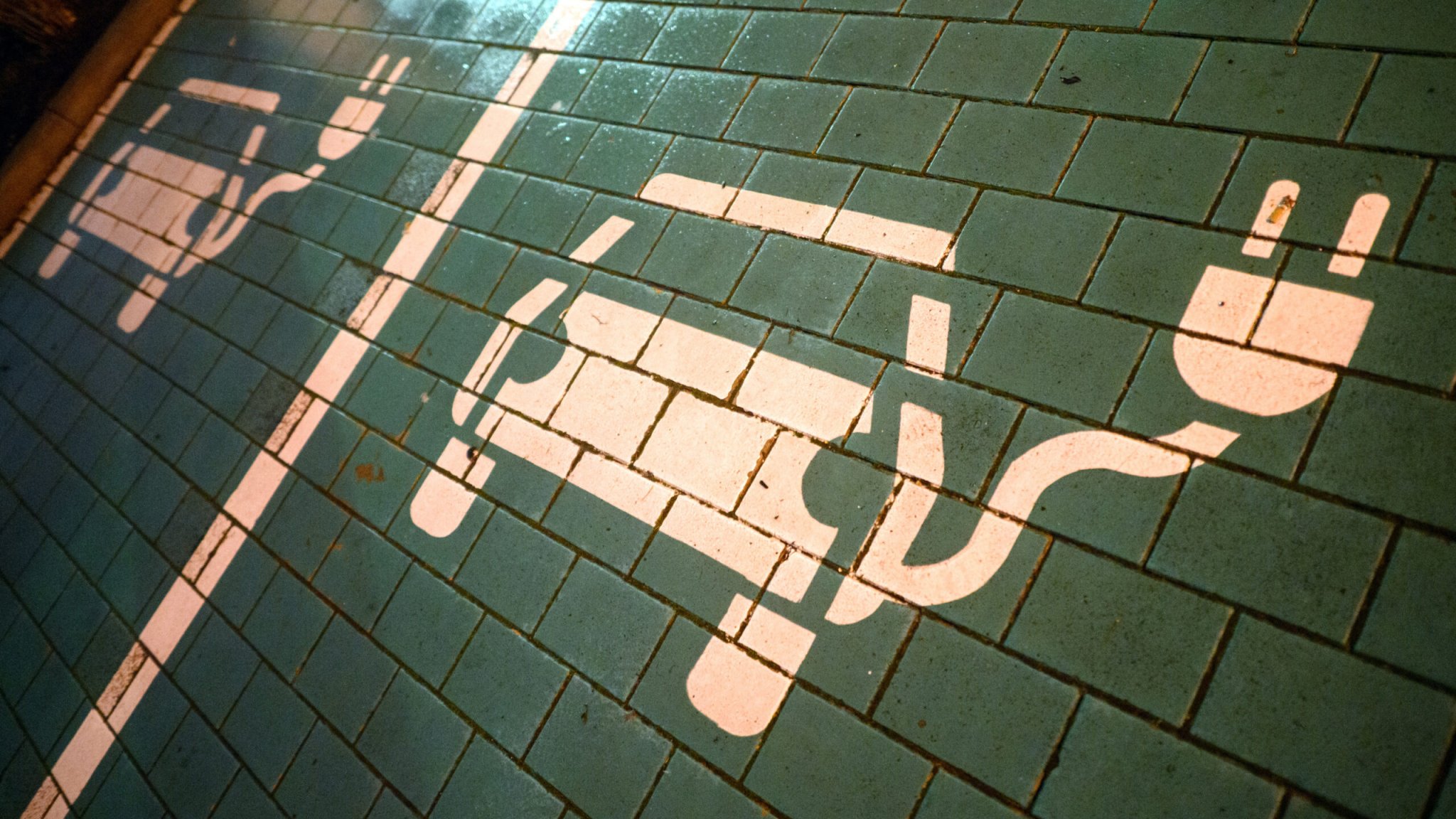

Most United States households would save money on transportation costs by switching to an electric car, a new University of Michigan study concluded this week. But families who could benefit the most from reduced transportation costs are also the ones who would pay more—not less—to drive an EV, the study also concluded.
The University of Michigan study concluded that roughly 90% of U.S. households could cut the percentage of their income spent on transportation by driving an EV, which would also cut greenhouse gases created by fuel-burning cars. The study estimates that households in some locations, mostly around the smile states, could save $600 annually or more and cut their carbon footprint by 4.1 metric tons each year. The study did not factor in the initial cost of buying an EV.

However, low-income families and residents of states with especially high energy costs—Hawaii and Alaska, for instance—would not save money by switching to an EV or would continue to spend a disproportionately high amount of money for transportation. That’s especially true for an estimated 8.3 million households the university researchers say are among the lowest income workers in the U.S. who spend 4% or more of household income on fuel costs. Those families who make 30% of their local median or less would continue to spend more for transportation in an EV or otherwise disproportionately.
“We identified disparities that will require targeted policies to promote energy justice in lower-income communities—including the subsidizing of charging infrastructure—as well as strategies to reduce electricity costs and increase the availability of low-carbon transportation modes such as public transit, bicycling and car sharing,” Jesse Vega-Perkins, the study’s lead author, said in a statement.
“Our results confirm the potential for widespread benefits from EV adoption,” study author Joshua Newell said in a statement. “However, EV ownership in the U.S. has thus far been dominated by households with higher incomes and education levels, leaving the most vulnerable populations behind. Policy interventions are needed to increase EV accessibility so that all Americans can benefit from the EV transition.”
Got a tip? Send it in to tips@thedrive.com